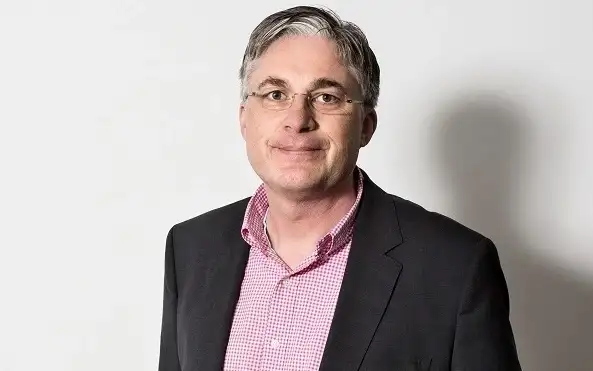The need for flexibility

Has the pharma industry incorporated industry 4.0?
The pharma industry is known for its comparatively conservative approach. While robotic automation is already part of everyday life in other industries, the pharmaceutical field is lagging behind in that aspect. It has relied on consistency and optimization rather than a technical revolution. This is due to the fact that large changes in the production process often come with the need for re-registration, which costs time and money and is therefore often avoided.
The aseptic filling of drugs is becoming increasingly important – which developments do you see here?
In aseptic filling, we see a strong trend towards barrier technology. This means there is a strict physical separation between the area where the drug is handled and the operator who looks after the machine. In fact, humans are the biggest source of contamination.
Nowadays, the filling of sterile drugs increasingly takes place in a closed isolator, and if required, the operator can intervene via glove ports. In principle, the product and the person are physically separated. Nevertheless, the glove interventions pose a potential risk of contamination. In addition, there are currently no methods to test the impermeability of the integrated glove below 10µm, although that is the size range of many bacteria.
How could this risk be avoided?
That can be achieved by controlling sterile processes completely with machines. In my opinion, by 2050, the pharmaceutical industry will evolve to the point where aseptic filling will take place in an isolator without gloves and required interventions in the production process will be handled by robots, which are built in the isolator.
What challenges lie ahead for the industry?
There are two worlds in the pharmaceutical industry. One is about manufacturing products intended for the masses, such as insulin or anesthetics, which are produced in huge quantities. On the other hand, more and more drugs are being developed that are made for very small patient groups and must therefore be manufactured in small batches. Consequently, pharma manufacturers need to become much more flexible. After all, the time needed to switch from one product to the next should be as short as possible. Ready-to-use (RTU) solutions that are ideally based on a standard or platform concept are the enablers to reduce change over times.
Can you elaborate on that?
Each standardization or platform is desirable for the pharma industry. A standardized tub format for containers, as exemplified with the SCHOTT iQ® platform, increases flexibility for pharma manufacturers, reduces invest and shortens change over times. It becomes clear that the use of RTU and standards advances the industry and will be increasingly implemented.
What other benefits do ready-to-use platforms offer?
They eliminate glass-to-glass contact because the primary packaging is fixed in a nest. Overall, RTU systems reduce rejects – an aspect, which is particularly beneficial for expensive drugs such as immunotherapies and which will become more important in the future.
June 1st, 2018

Dr. Robert Lindner
Global Product Manager